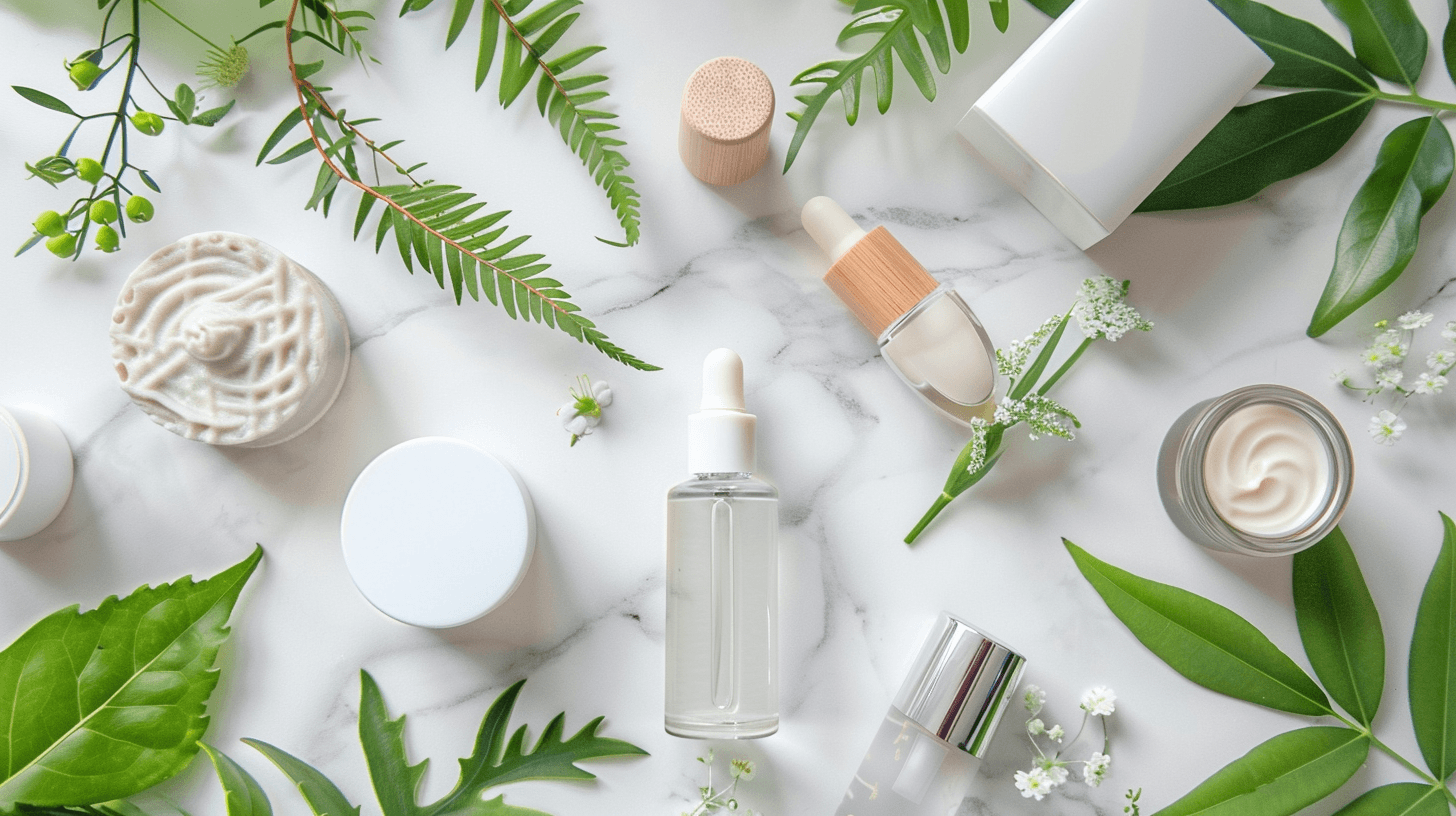
Clean beauty has evolved. In 2025, it is so much more than a buzzword. It has become a baseline expectation. Consumers are not just looking for effective skincare and makeup; they want transparency, sustainability, and ingredient safety. It is not just what beauty does, but how it does it.
Consumers now demand clarity about what is going on their skin. Clean beauty brands are pulling back the curtain, clearly listing ingredients and their sources so customers can verify safety and ethics. Transparency is no longer optional, it is a must.
Many traditional beauty products contain questionable substances like parabens, phthalates, and formaldehyde. In contrast, clean beauty removes these harmful chemicals in favor of safer alternatives that protect long term health.
Clean beauty is about more than safe products. It also demands eco friendly packaging, ethical sourcing, and a reduced environmental footprint. The market for low waste and refillable formulations is growing fast.
The clean beauty industry was worth 7.15 billion in 2024 and is on track to grow to more than 8 billion in 2025. That strong growth comes from more people prioritizing ingredient safety, sustainability, and simplified routines.
Clean beauty in 2025 is no compromise. It is about advanced botanical actives, biotech ingredients, and AI personalized routines. Expect formulas that not only feel safe but also deliver proven results.
The clean beauty movement has prompted tighter regulation around misleading claims. The EU and US are cracking down on greenwashing, meaning brands will need to back up their environmental and safety statements.
Clean beauty is no longer fringe or optional. It is a new industry baseline that includes transparency, safety, sustainability, and performance. As consumers expect more from the products they use, brands that commit to real clean standards will win long term trust and loyalty.
In 2025, beauty should not just look good, it should feel right for people and the planet.